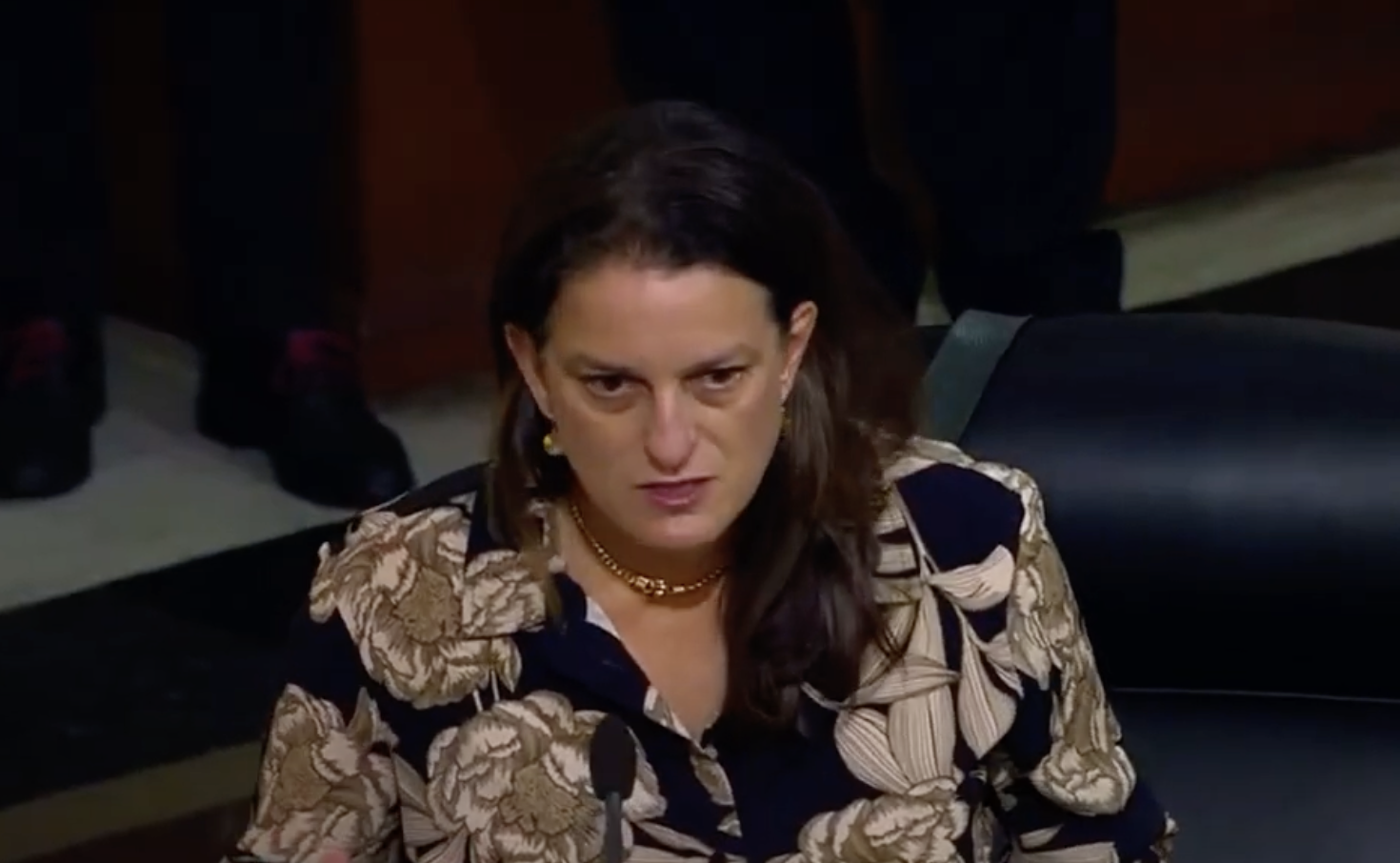LA City Council voted 11–2 to approve a $2.7 billion expansion of the Convention Center, a project that will ultimately cost nearly $6 billion once borrowing and interest are included. The decision locks the city into decades of debt at a time when services are already strained.
The plan requires an average of $116 million a year from the general fund for almost three decades, the equivalent of about 1,000 city jobs. Debt service will begin at roughly $160 million a year, consuming every dollar of projected growth in the city’s budget. “This plan will drain an average of $116 million each year from the general fund for 28 years,” City Controller Kenneth Mejia said. “That’s money that could fund nearly 1,000 jobs or restore basic services.”
The contract is not fixed price, so the city is responsible for cost overruns. The construction schedule is driven by the Olympics and leaves almost no room for error. Crews would be expected to work six days a week for more than two years with only a handful of days built in for delays. Any disruption from weather, supply chains, labor shortages, or slow permitting could throw the entire project off schedule, and in those cases the city, not the contractor, will be financially responsible.
The risks extend beyond construction delays. If the project is not finished by March 2028, Olympic and Paralympic events already booked at the Convention Center will have to be relocated, and the city will be forced to cover the costs. The expansion plan even contemplates a start-stop approach, halting construction for the Games at a price tag of at least $30 million, then resuming afterward. On top of that, the Department of Water and Power would be required to divert staff from other pressing work to build out new power infrastructure for the site, delaying projects across Los Angeles from Palisades fire recovery to new housing developments to long-awaited Metro transit lines.
The price has already skyrocketed, jumping from $1.4 billion to $2.7 billion in less than two years, with no guarantee it won’t rise again. Once interest on the bonds is factored in, the cost to taxpayers is at least $5 billion, and almost certainly more. In the early years the annual burden will approach $160 million, and even under optimistic revenue scenarios, every dollar of general fund growth is already committed. If revenues fall short or costs rise further, the shortfall will come directly from the city’s operating budget.
For Mar Vista, the consequences are straightforward. Street and sidewalk repairs will be further delayed. Parks will go without long-promised improvements, and staffing for youth sports and coaches at the Mar Vista Recreation Center will fall short. Library hours will remain limited. Bike lane projects will stall. Affordable housing construction will be harder to finance. Meals and other services for seniors will be left unfunded. Hiring more crossing guards will be out of reach. Immigration defense services for vulnerable families will not expand. And all of this will be happening while the city absorbs mounting deficits in homelessness services and braces for possible revenue losses from ballot measures that could slash hundreds of millions more from the general fund.
Yaroslavsky, who chairs the Budget and Finance Committee, underscored the danger of relying on shaky new revenue streams like freeway billboard advertising that may never be approved by Caltrans or federal regulators. She highlighted the structural deficit already looming over next year’s budget and the possibility that the city could be hit by recession at the very same time new debt payments begin. She warned that labor contracts with city workers come up for renegotiation in 2028, the very year debt service begins, leaving no room to meet employee demands for raises or benefits. And she noted that the city is already on the hook for Olympic cost overruns that could climb into the hundreds of millions. “This is not careful planning. It is dangerous wishful thinking,” she said.

